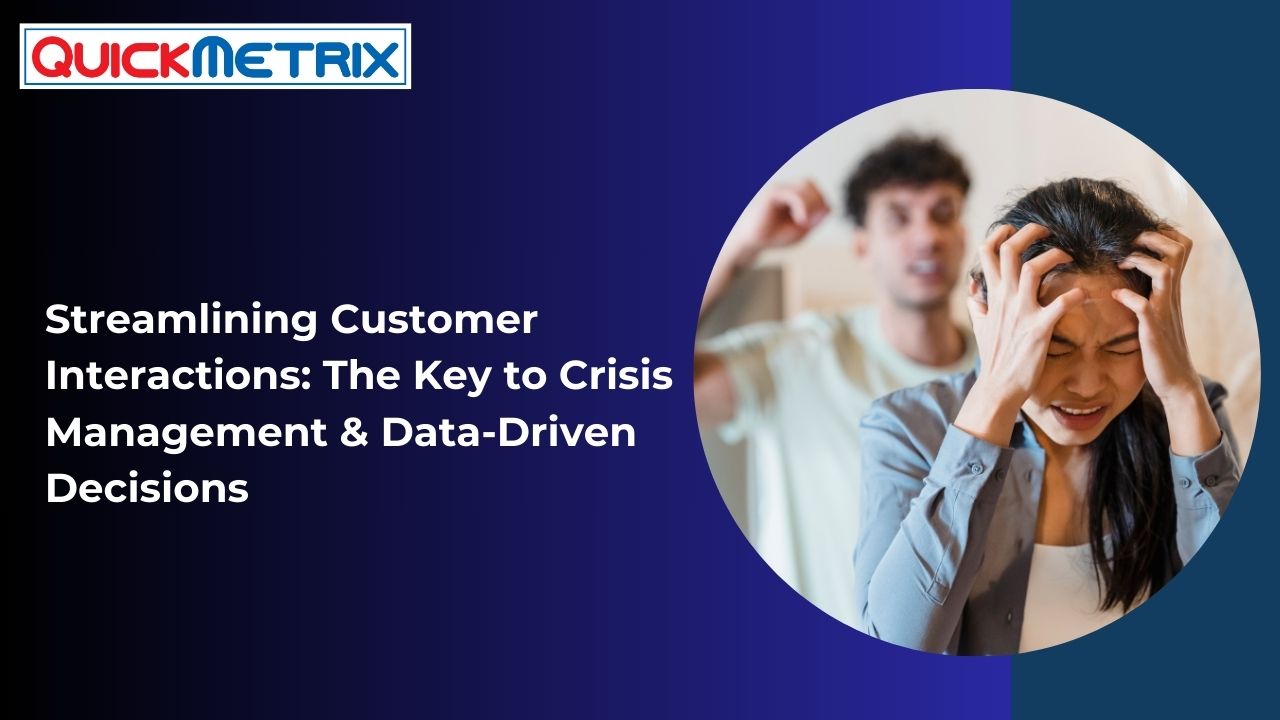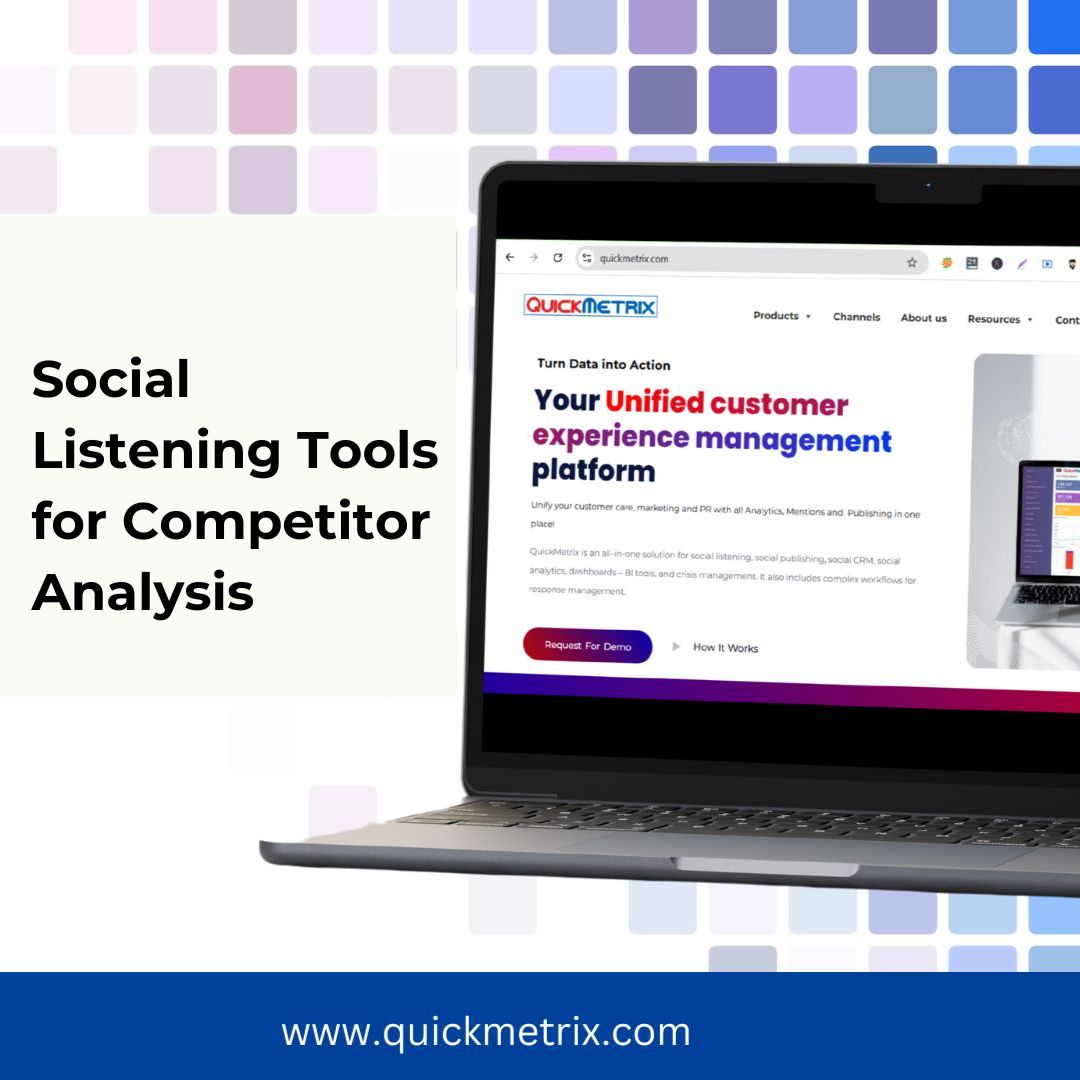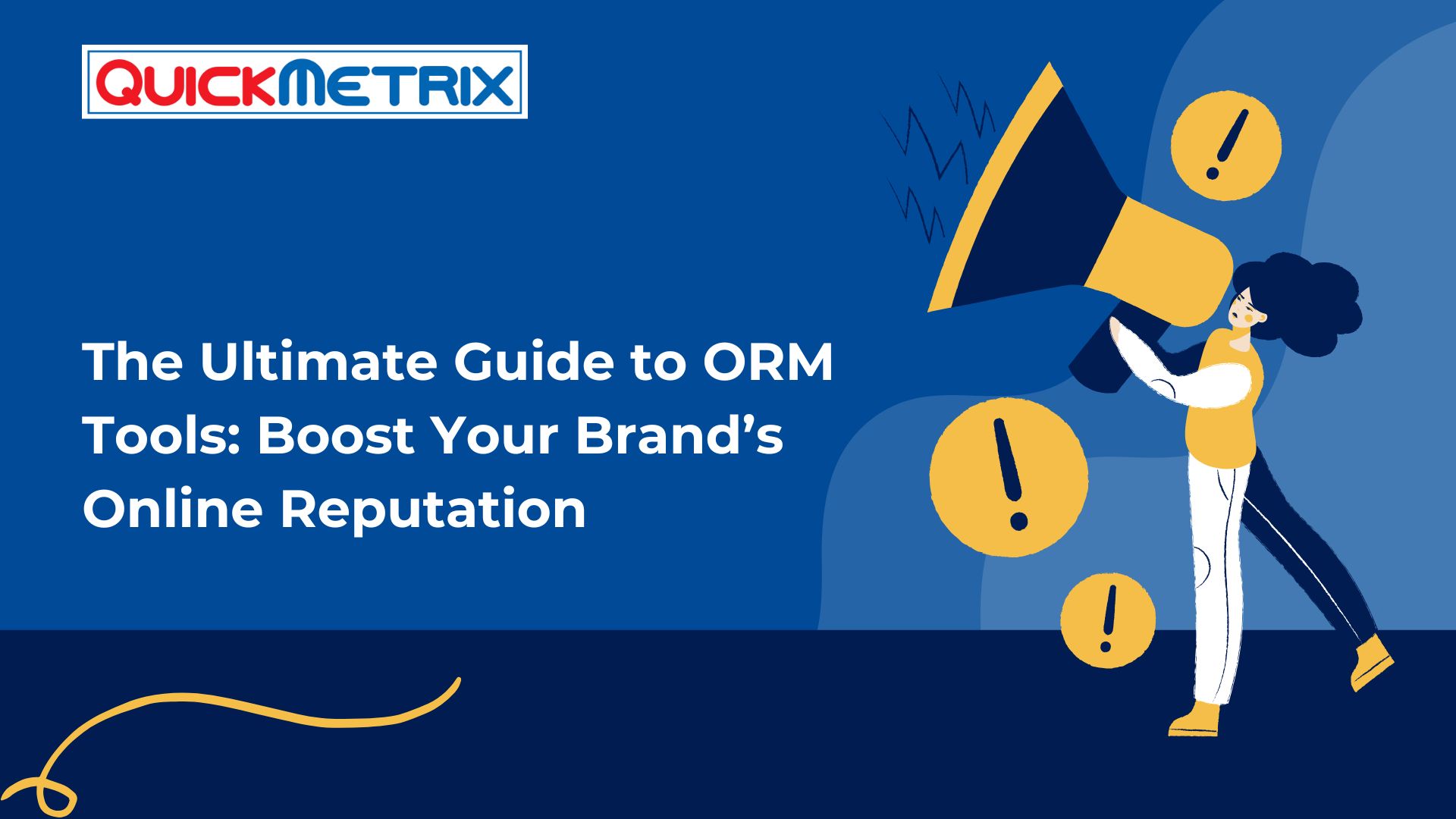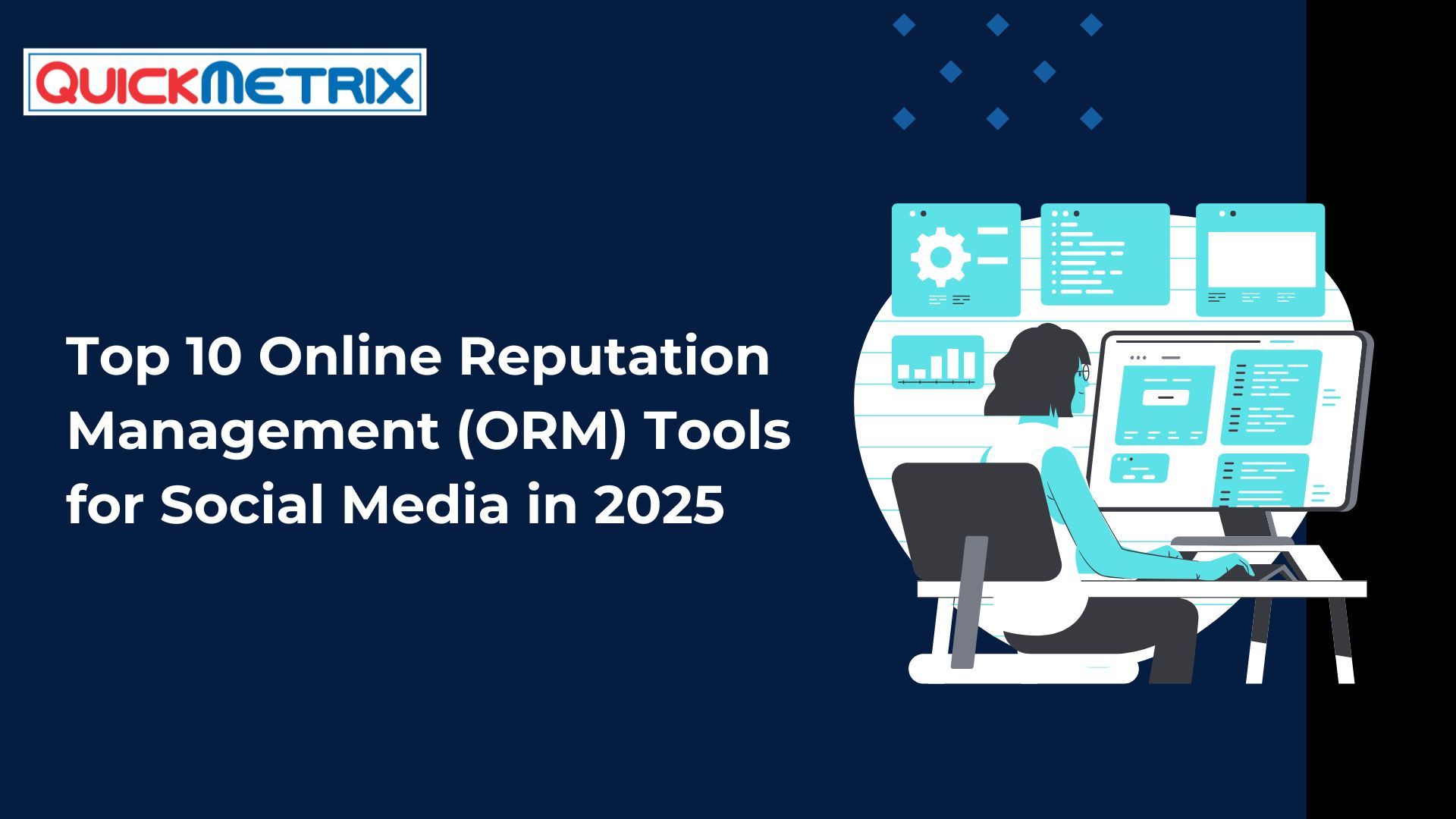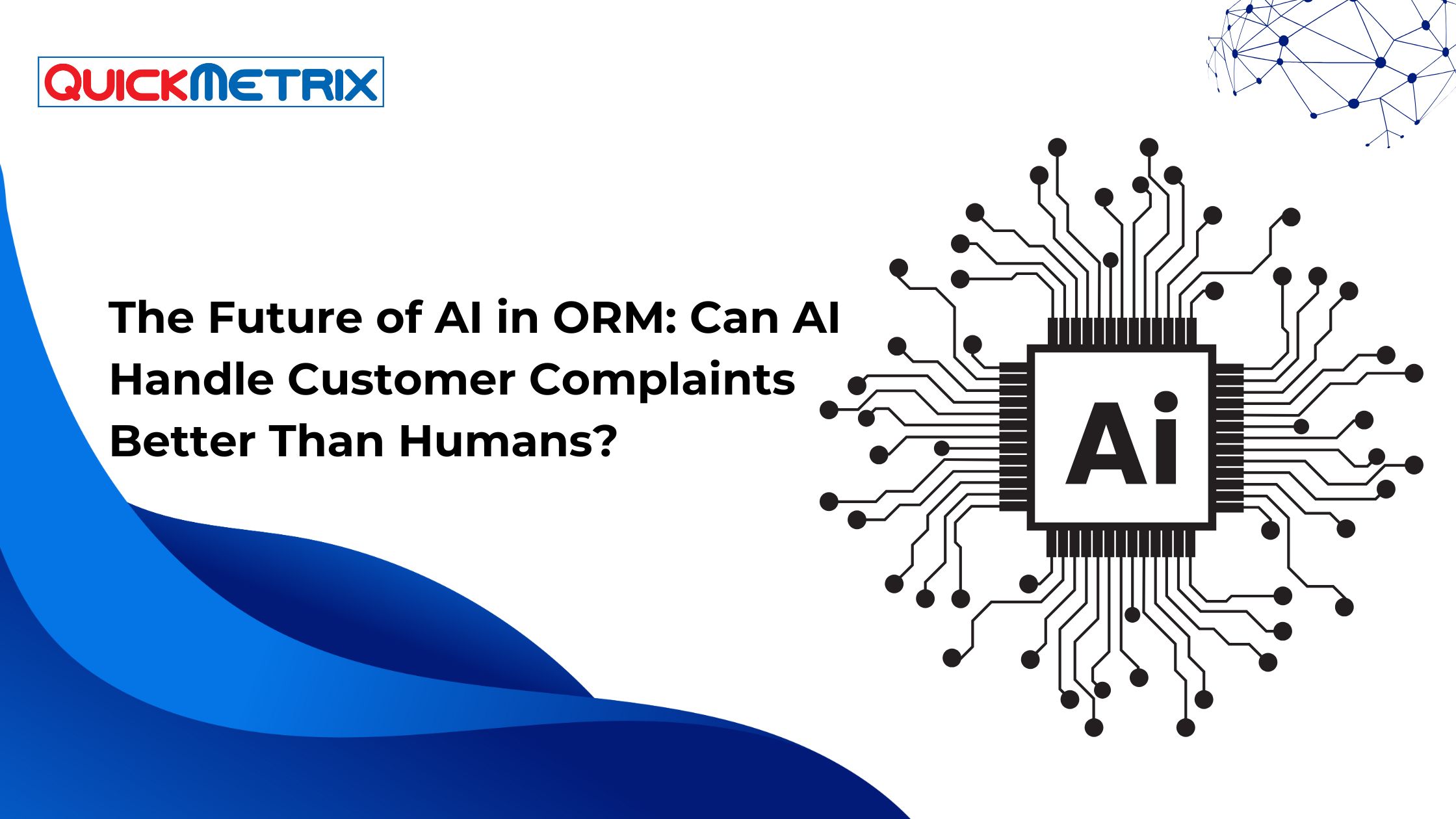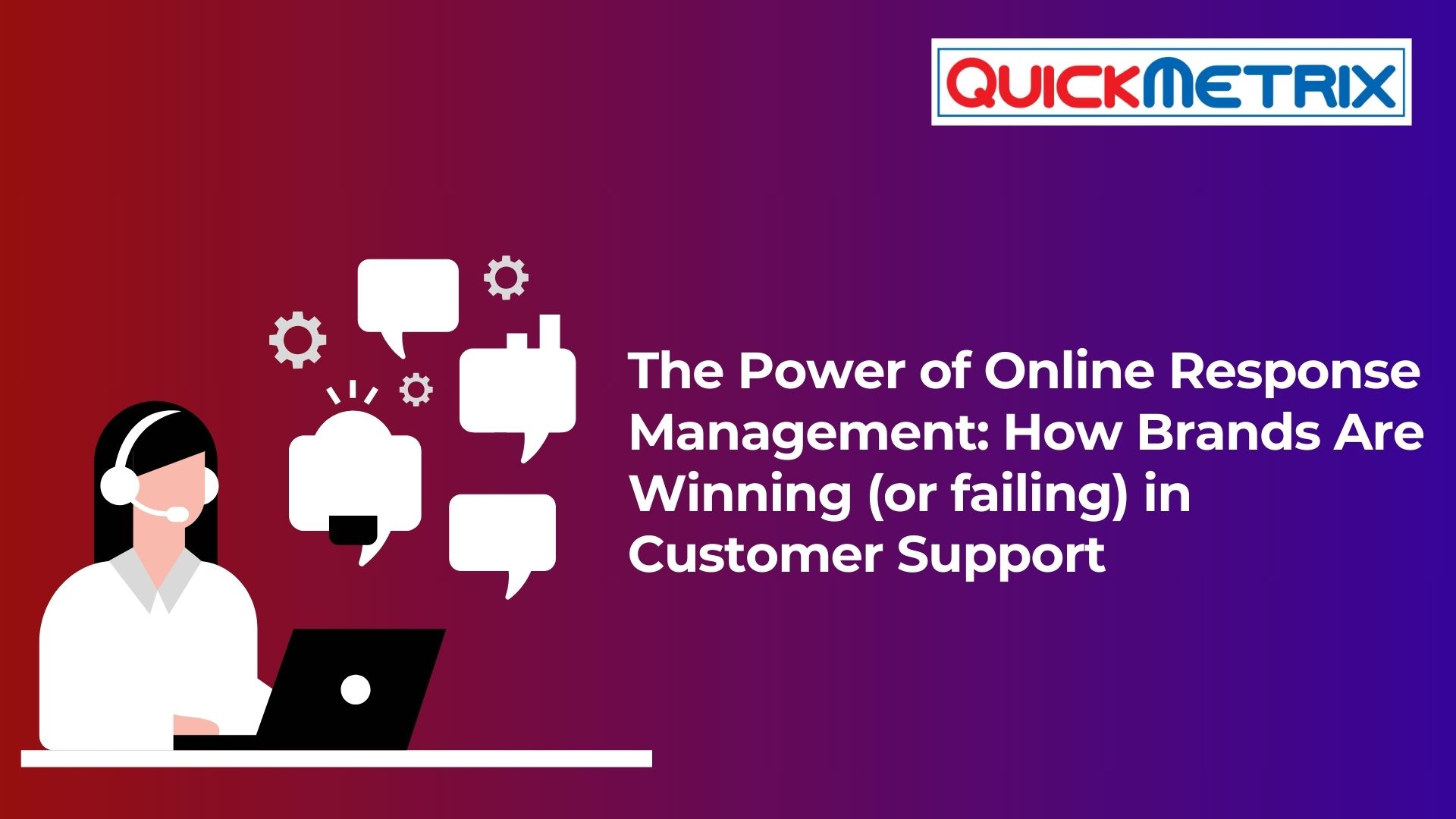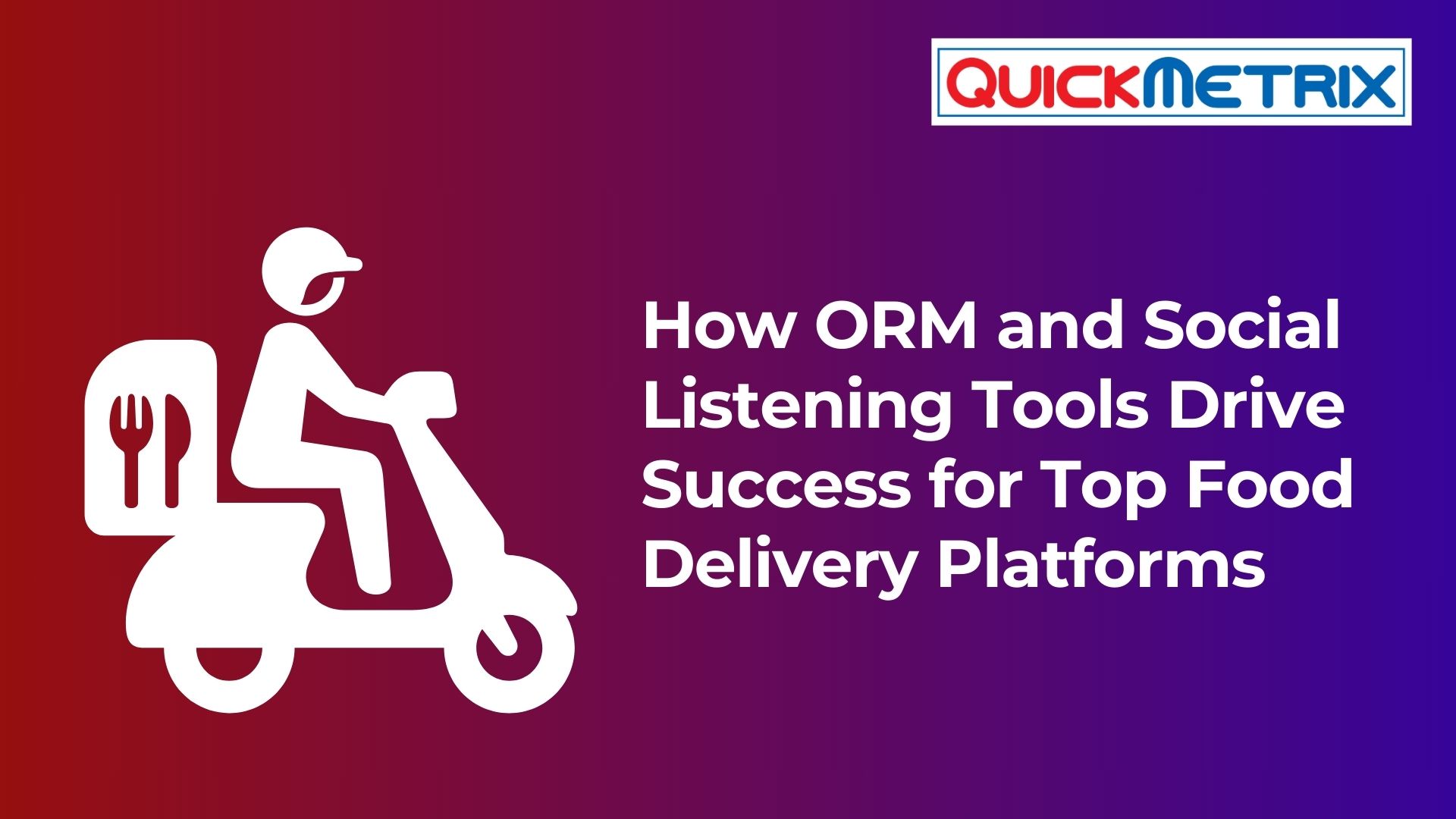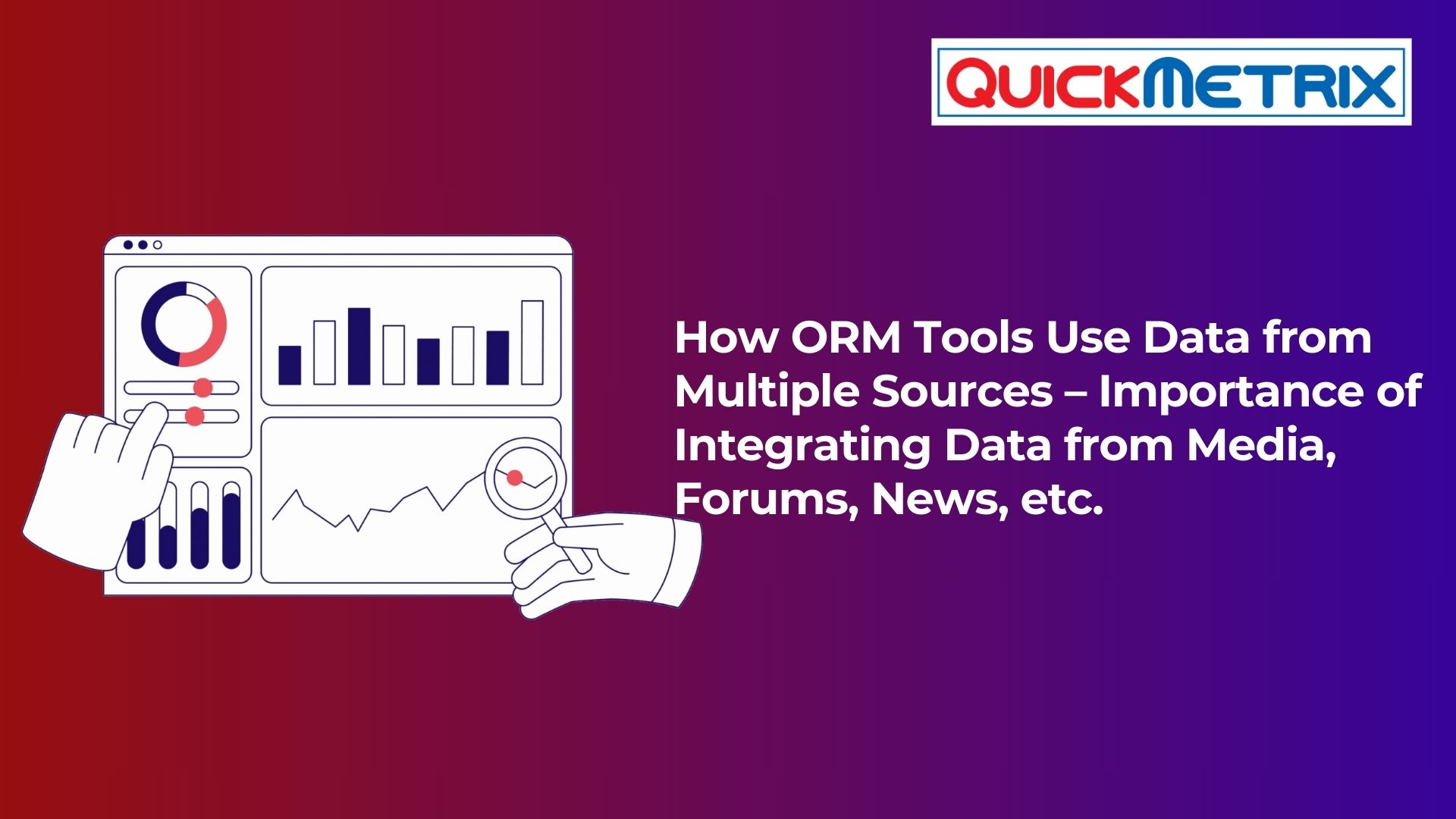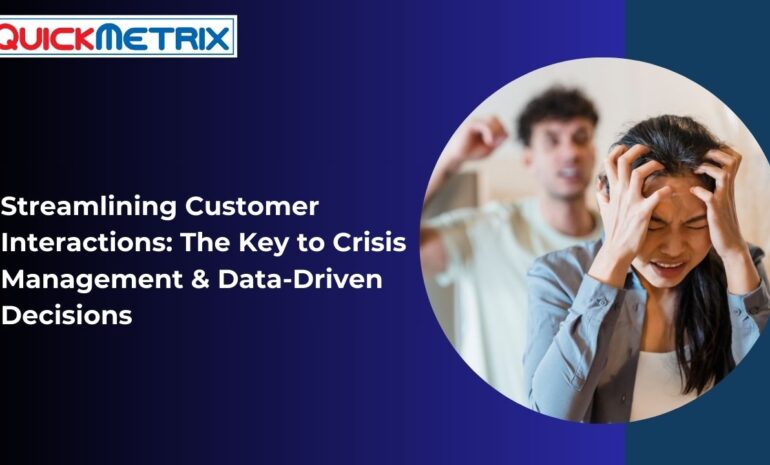Streamlining Customer Interactions: The Key to Crisis Management and Data-Driven Decisions
- Understanding the Importance of Customer Interaction Management
- The Role of Customer Interactions in Brand Loyalty
Positive customer interactions create lasting bonds that lead to loyalty. When customers feel valued and heard, they are more likely to return and recommend your brand to others. Think of brands like Amazon or Zappos. They thrive on customer engagement, fostering an environment where customers feel as if they are part of the brand’s community.
The impact of customer retention on business growth cannot be overstated. A small increase in retention rates can significantly enhance profits, as retaining existing customers is often less expensive than acquiring new ones.
- The Cost of Ignoring Customer Complaints
Ignoring customer complaints can have hefty consequences. Brands that neglect their customer feedback risk losing revenue—not just from the dissatisfied customers who leave, but also from the potential customers who hear about your lack of responsiveness.
Take, for example, the case of United Airlines. Their infamous incident involving a passenger being forcibly removed from an overbooked flight sparked a media frenzy and damaged their reputation. Such crises often stem from ignored complaints or mishandling customer service. The price of poor management isn’t just about lost sales; it can severely tarnish a brand’s image long-term.
- The Evolution of Customer Interaction Channels
Once upon a time, customer interactions were limited to phone calls and face-to-face encounters. Today’s landscape is a dynamic mix of traditional and modern communication channels. Customers now flock to social media platforms—think Twitter, Facebook, and Instagram—not only to engage with brands but to voice their concerns.
Key trends indicate that customers increasingly prefer social media for customer service, pushing brands to adapt. Looking ahead, interactions will likely shift towards more personalized messaging, enhanced by technology.
- Identifying Common Pain Points in Customer Communication
- The Challenge of Social Media Monitoring
With the sheer volume of conversations happening online, businesses often struggle to keep up. Customers may voice their concerns on various platforms, but how can brands ensure they are not missing these conversations?
Several tools can help track social media engagements effectively, such as Hootsuite, Brandwatch, and Sprout Social. These platforms can provide alerts for mentions of your brand, helping to catch any complaints early. Signs like increased negative sentiment or spikes in mentions can indicate that customer complaints are being overlooked.
- Evaluating Response Times and Customer Expectations
Customer expectations are higher than ever; if they reach out with a question, they expect a prompt response. Slow response times can hurt customer satisfaction levels and, ultimately, your brand’s reputation. According to studies, customers expect a reply on social media within an hour.
Just think—a brand that responds quickly not only makes the customer feel valued but may also mitigate potential negative reviews or experiences.
- The Complexity of Multi-Platform Conversations
Today, conversations can occur across numerous platforms, making it challenging to have a cohesive view of customer interactions. Identifying where conversations are happening is crucial for maintaining brand consistency and reputation.
Fragmented communication channels can lead to miscommunications or duplicate efforts. Strategies like using a unified customer engagement platform can help consolidate all interactions into a single view, streamlining responses and enhancing efficiency.
III. Strategies for Proactive Crisis Management
- Building a Robust Monitoring System
A monitoring system is an essential component in managing customer interactions effectively. Look for solutions with features like sentiment analysis, keyword tracking, and real-time alert systems for potential crises.
Integrating your monitoring tools with existing customer service platforms can make operations smoother and ensure that your team has the context they need to respond quickly and adequately.
- Developing a Rapid Response Framework
Having a responsive communication strategy is vital. Establish clear guidelines on how your team should react to different types of inquiries or complaints. Empowering your employees with direct access to necessary resources ensures they can act quickly, maintaining customer trust.
Consider role-playing potential crisis scenarios to improve your team’s readiness—this training will help build confidence and sharpen instincts when a real situation arises.
- Leveraging Data for Crisis Prediction
Data can be a powerful ally in predicting potential crises. By analyzing customer interactions, trends can emerge that suggest underlying issues. Tools like Google Analytics or Tableau can help visualize data, making it easier to identify patterns of emerging customer sentiment.
Setting up metrics to monitor brand health and customer satisfaction regularly can allow you to adjust strategies proactively rather than reactively.
- Making Data-Driven Decisions to Enhance Brand Image
- Utilizing Customer Feedback for Continuous Improvement
Collecting customer feedback is more than just a checkbox on your to-do list—it should be treated as a tool for continuous improvement. Regularly reviewing feedback helps you understand customer pain points and expectations better. Communicate changes back to your customers, helping them feel valued and heard.
- Measuring the Success of Interaction Strategies
Monitoring key performance indicators (KPIs) such as response time, customer satisfaction scores, and engagement levels can provide a clearer picture of your success in managing customer interactions. Tools like Salesforce or Zendesk can support tracking these KPIs effectively.
Several brands, like Starbucks, have thrived by measuring and adjusting strategies based on data analysis, leading to improved customer experience and satisfaction.
- Aligning Team Objectives with Customer Interaction Goals
Cross-department collaboration is vital for a cohesive customer service approach. Teams need to be aligned on customer interaction goals. Organizations should set customer satisfaction as a core value and develop training programs that foster a customer-focused culture, ensuring everyone understands and prioritizes the customer experience.
- The Future of Customer Interaction Management
- Predictions for Next-Gen Customer Service Tools
Emerging technologies, particularly artificial intelligence, are reshaping customer interactions. AI chatbots, for instance, can handle simple queries efficiently, freeing human representatives to tackle more complex issues. Brands that leverage these technologies will likely maintain a competitive edge.
- Building a Customer-Centric Organizational Framework
Creating a customer-first structure involves ensuring that your organization embodies a customer-centric philosophy. Encourage feedback loops, enabling customers to share their experiences while holding teams accountable for acting on that feedback.
- Long-Term Vision for a Resilient Brand
Nurturing customer relationships takes time and consistent effort. Brands must adapt to changing marketplaces and customer preferences. A framework focusing on continual learning and improvement will help your brand stay resilient even amid evolving challenges.
Conclusion
Streamlining customer interactions is not just about simplifying processes; it’s about proactively managing crises and making informed decisions to enhance your brand image. By prioritizing effective communication, leveraging data, and fostering a customer-centric culture, businesses can build loyal customer relationships that stand the test of time.
Frequently Asked Questions (FAQs)
How can brands effectively monitor social media for complaints?
Utilizing social media management tools like QuickMetrix, Hootsuite or Sprout Social can help track customer interactions across platforms, allowing for quick responses to complaints.
What is an acceptable response time for customer inquiries?
Industry benchmarks suggest that customers expect responses within an hour on social media, while emails may take up to 24 hours.
How can businesses consolidate communications across various platforms?
Consider utilizing unified communication tools that can aggregate messages from social media, chat, and email into one platform.
What tools are recommended for data analysis in customer feedback?
Tools like Google Analytics, Tableau, or SurveyMonkey can help analyse customer feedback and engagement data effectively.
How can organizations foster a customer-centric culture across departments?
Encouraging collaboration across teams, setting clear customer satisfaction objectives, and providing relevant training programs can cultivate a customer-focused environment.
Contact us for Quick Demo
Top Social Listening Tools in 2025: Why QuickMetrix Deserves Your Attention
In the world of digital marketing, conversations are currency. ...
Read More9-key-things-to-consider-before-choosing-an-best-orm-tool (Online response management tools)
IntroductionIn today's hyper-connected world, a single unresolved tweet or ...
Read MoreStreamlining Customer Interactions: The Key to Crisis Management and Data-Driven Decisions
Streamlining Customer Interactions: The Key to Crisis Management and ...
Read MoreCrisis Management: How ORM Tools Can Save Your Brand from PR Disasters
Understanding Crisis Management in the Digital AgeDefinition and Importance ...
Read MoreSocial Listening for Financial Services: How Banks & FinTechs Stay Ahead
Introduction to Social Listening in Financial Services Definition ...
Read MoreThe Journey of QuickMetrix: Insights from Surendra Baliga on Building a Successful SaaS Business
The entrepreneurial journey is often filled with challenges, learning ...
Read MoreMastering the Market: How to Use Social Listening Tools for Real-Time Competitor Analysis
1. Introduction to Social Listening Tools1.1 What is Social ...
Read MoreHow to Get the Most Out of Social Listening Tools and Why Businesses Invest in Them
How to Get the Most Out of Social Listening ...
Read MoreUnderstanding ORM Tools: A Comprehensive Guide to Managing Your Brand’s Online Reputation
In today's digital landscape, a brand's online reputation is ...
Read MoreThe Ultimate Guide to ORM Tools: Boost Your Brand’s Online Reputation
The Ultimate Guide to ORM Tools: Boost Your Brand’s ...
Read MoreTop 10 Online Reputation Management (ORM) Tools for Social Media in 2025
Top 10 Online Reputation Management (ORM) Tools for Social ...
Read MoreListening to the Noise: How to Monitor Conversations That Matter to Your Brand
Understanding the Importance of Monitoring Brand Conversations 1.1 The Role ...
Read MoreStreamlining Online Response Management for the Hotel Industry
1. Understanding Response ManagementOnline response management to how hotels ...
Read MoreThe Future of AI in ORM: Can AI Handle Customer Complaints Better Than Humans?
I. Introduction to Online Response Management (ORM)/ Online reputation ...
Read MoreThe Power of Online Response Management: How Brands Are Winning (or failing) in Customer Support
The Shift to Digital Customer Support : Online ...
Read MoreHow ORM and Social Listening Tools Drive Success for Top Food Delivery Platforms
A. Overview of Food Delivery IndustryThe food delivery industry ...
Read MoreHow ORM Tools Use Data from Multiple Sources – Importance of Integrating Data from Media, Forums, News, etc.
What is ORM ToolsOnline response Management (ORM) tools are ...
Read More